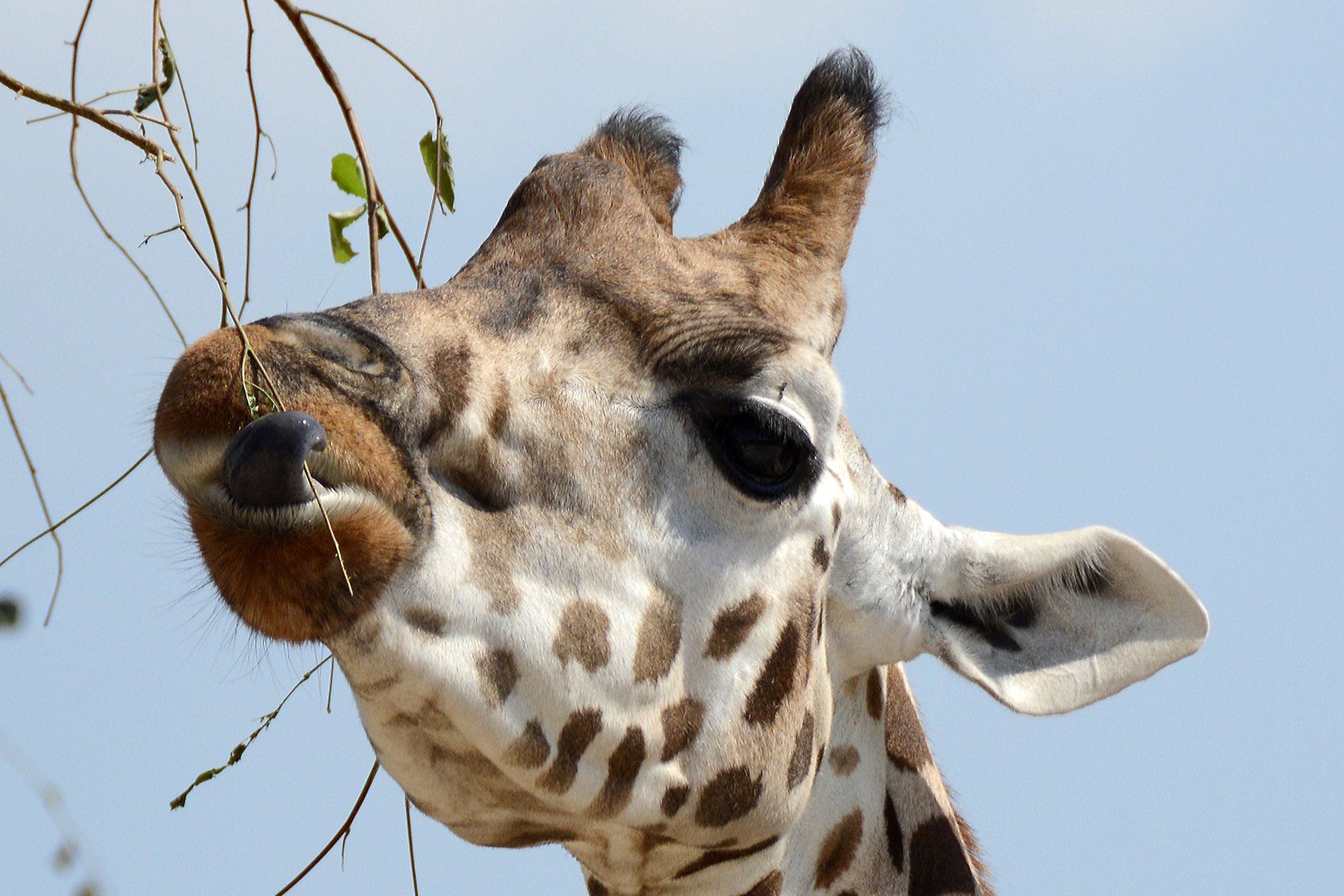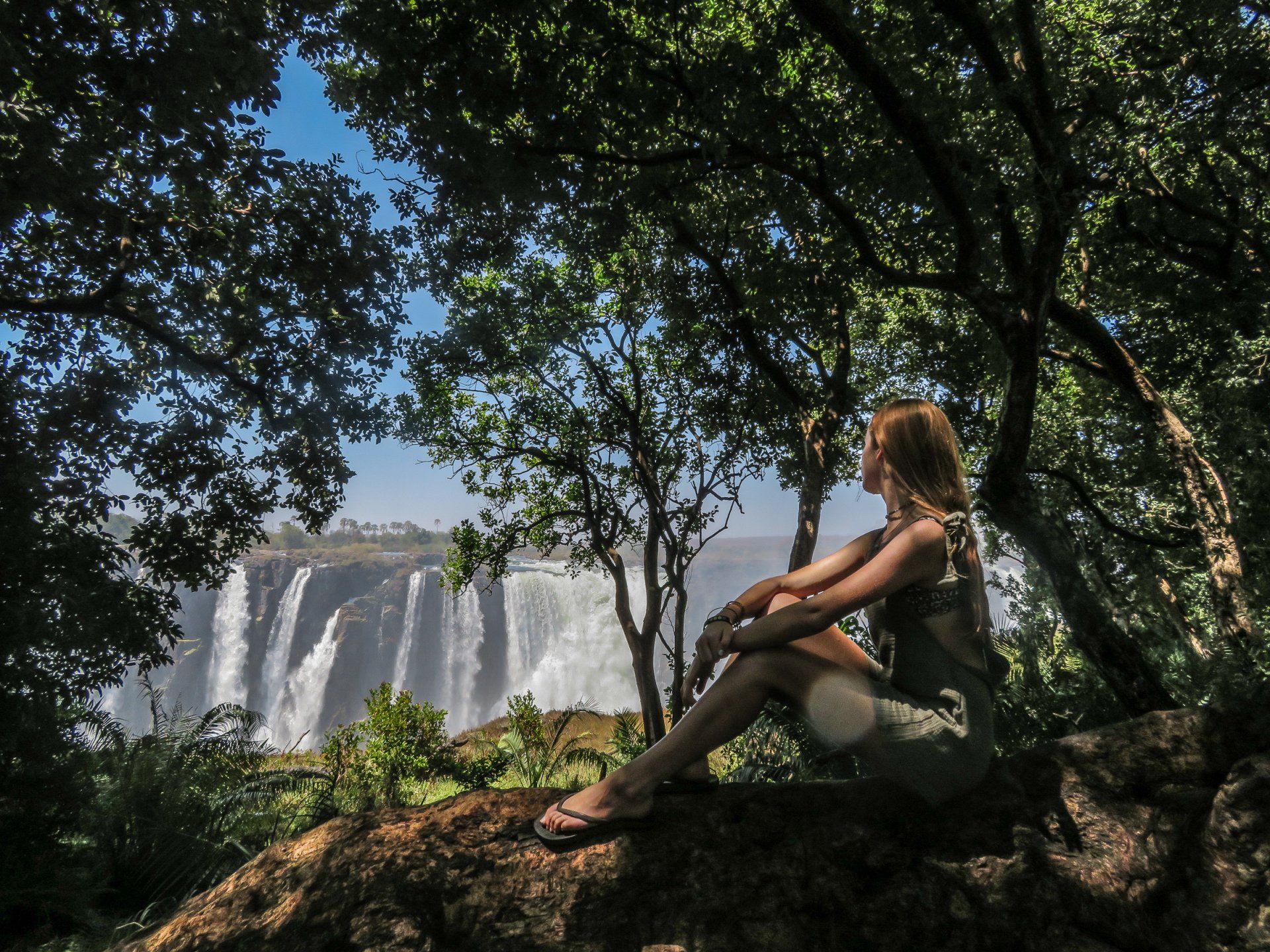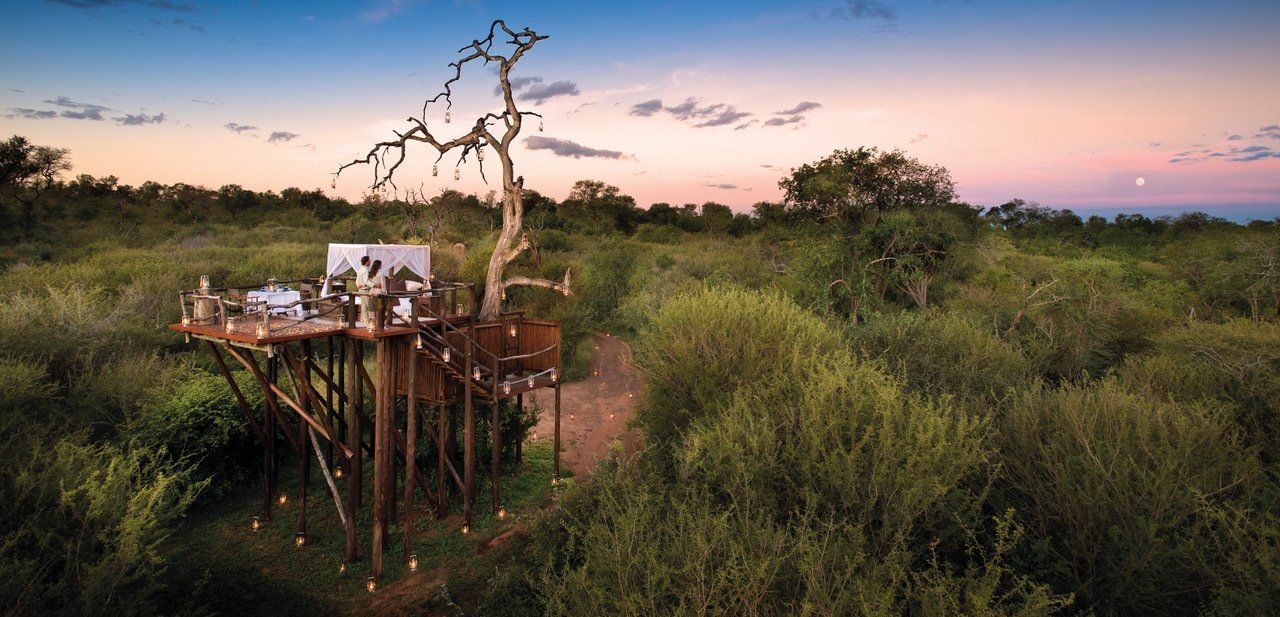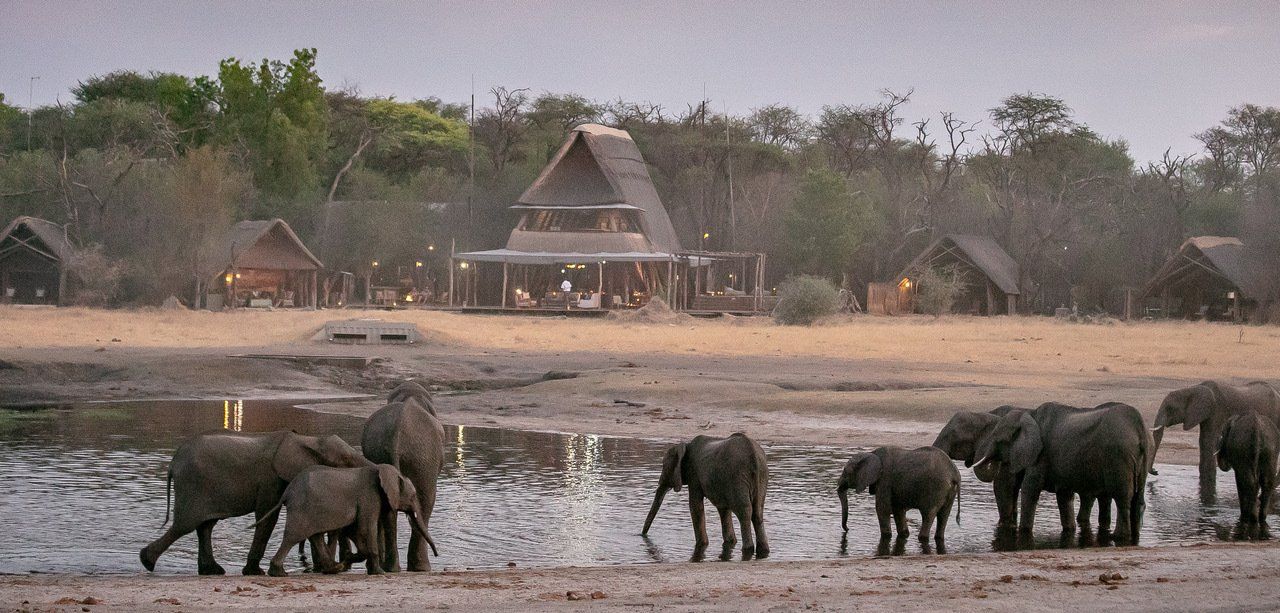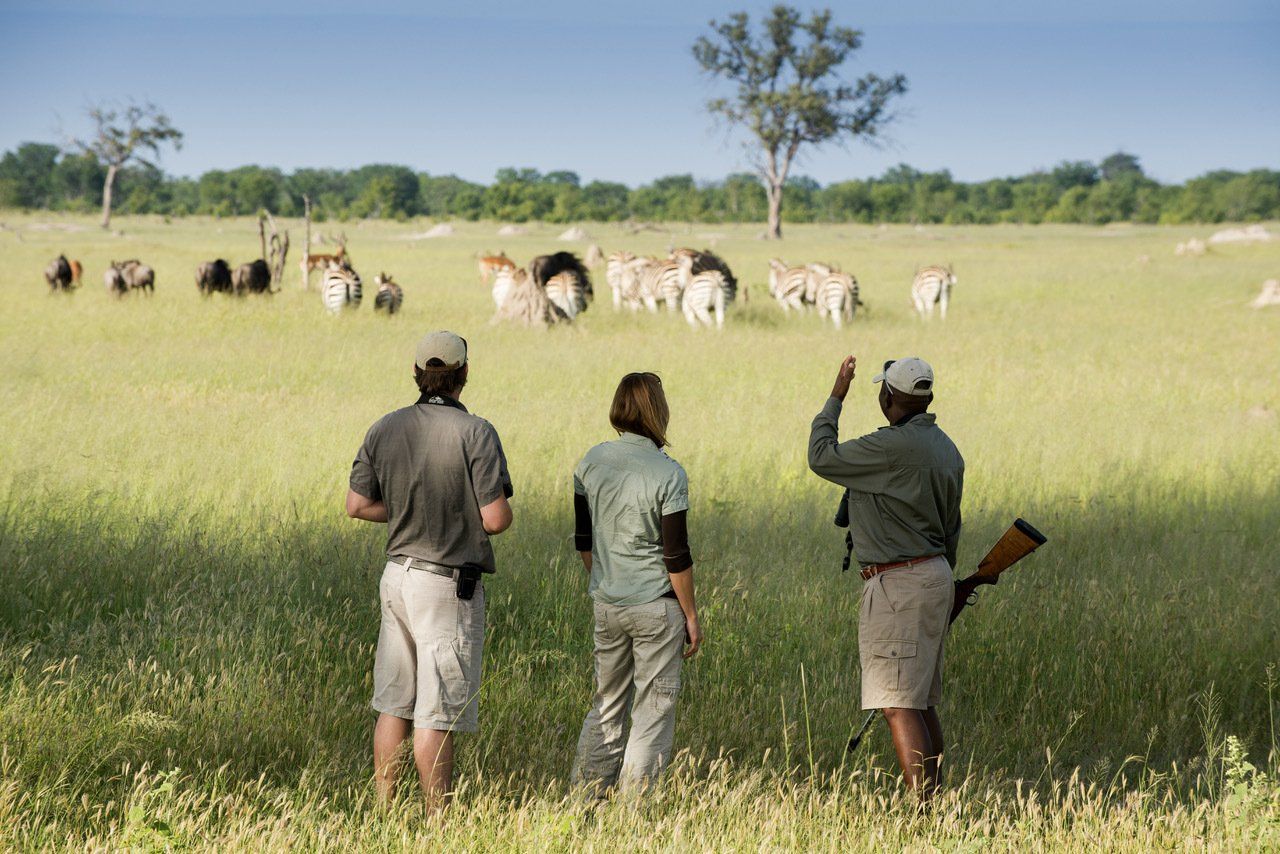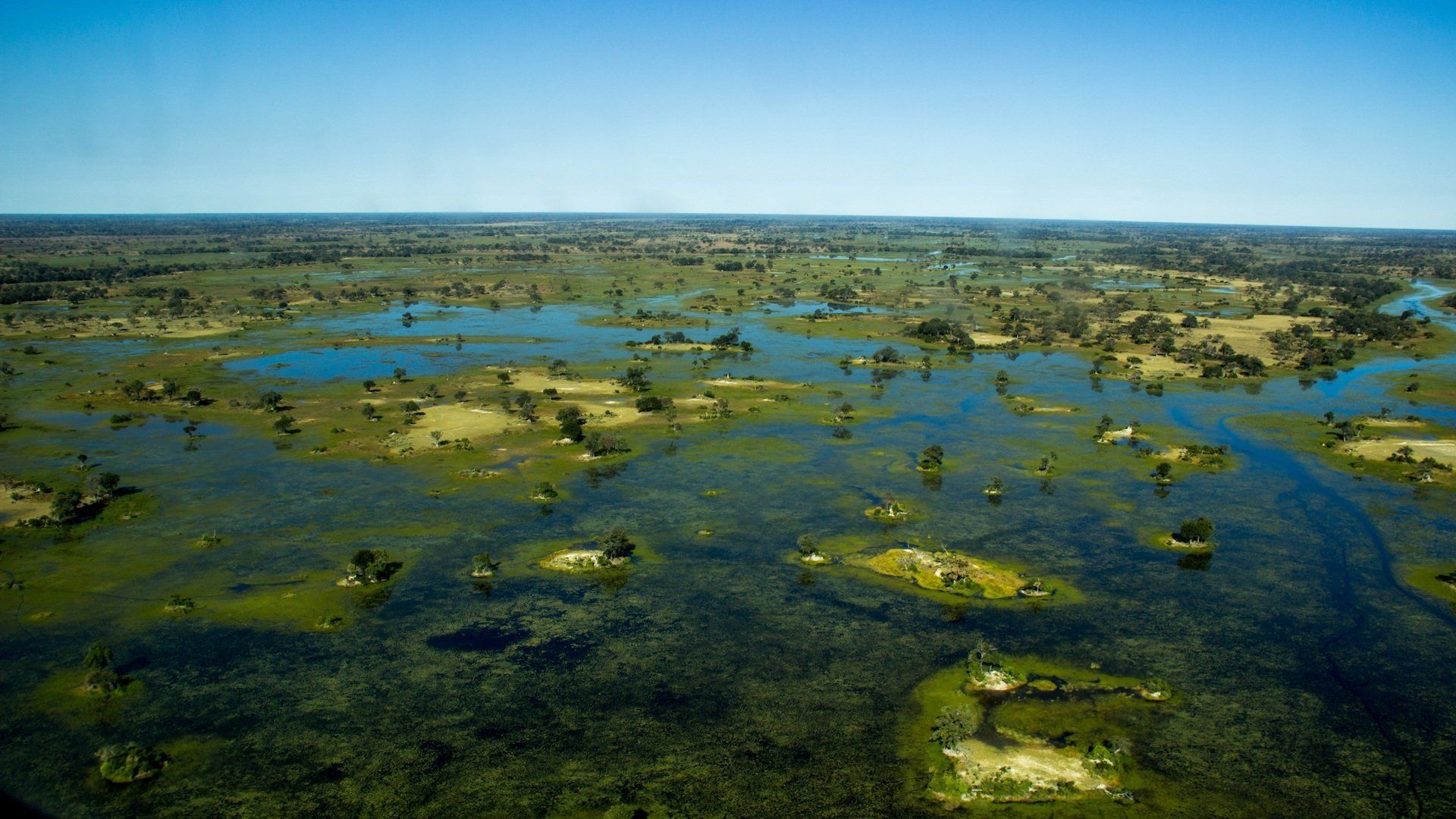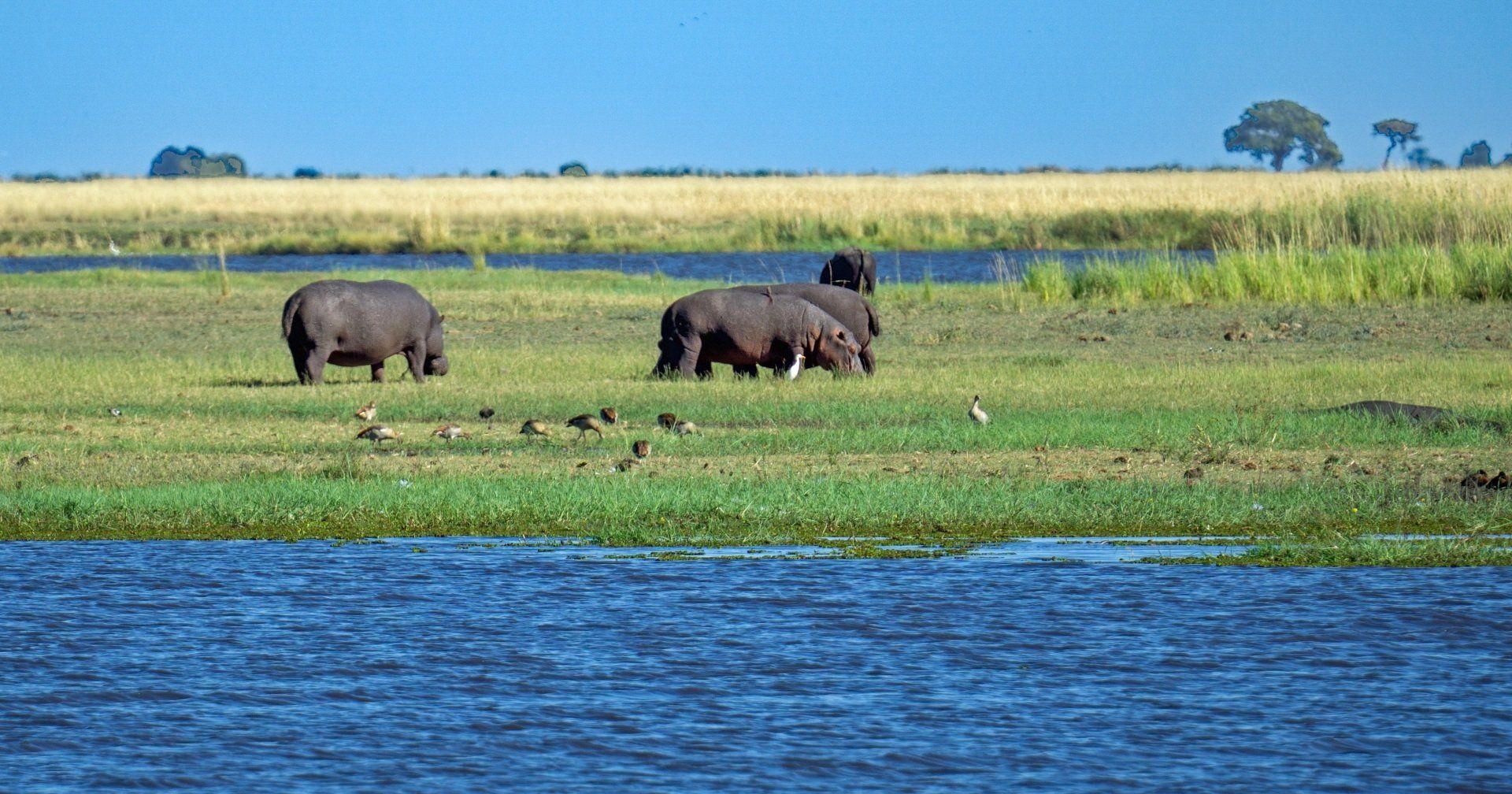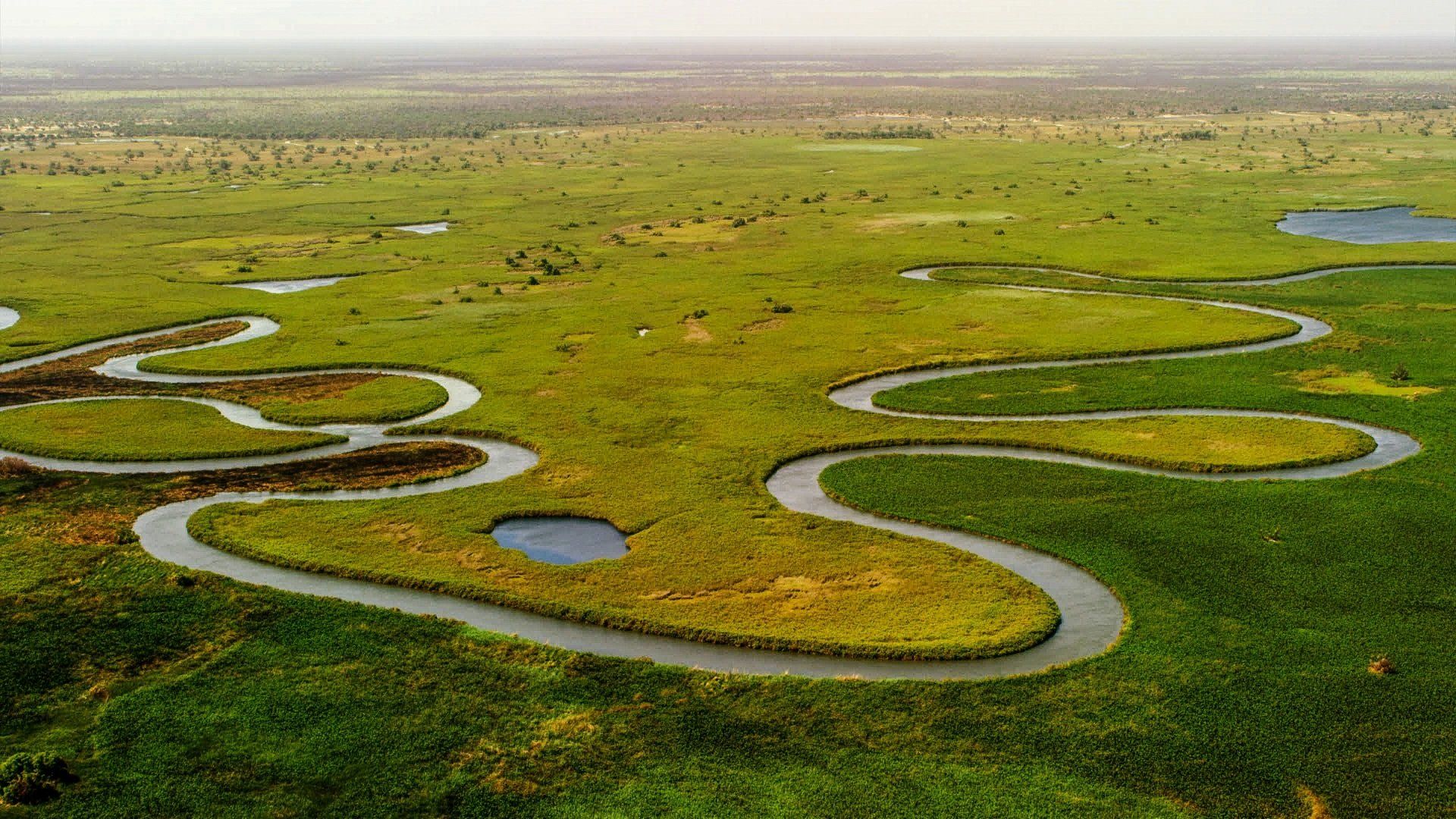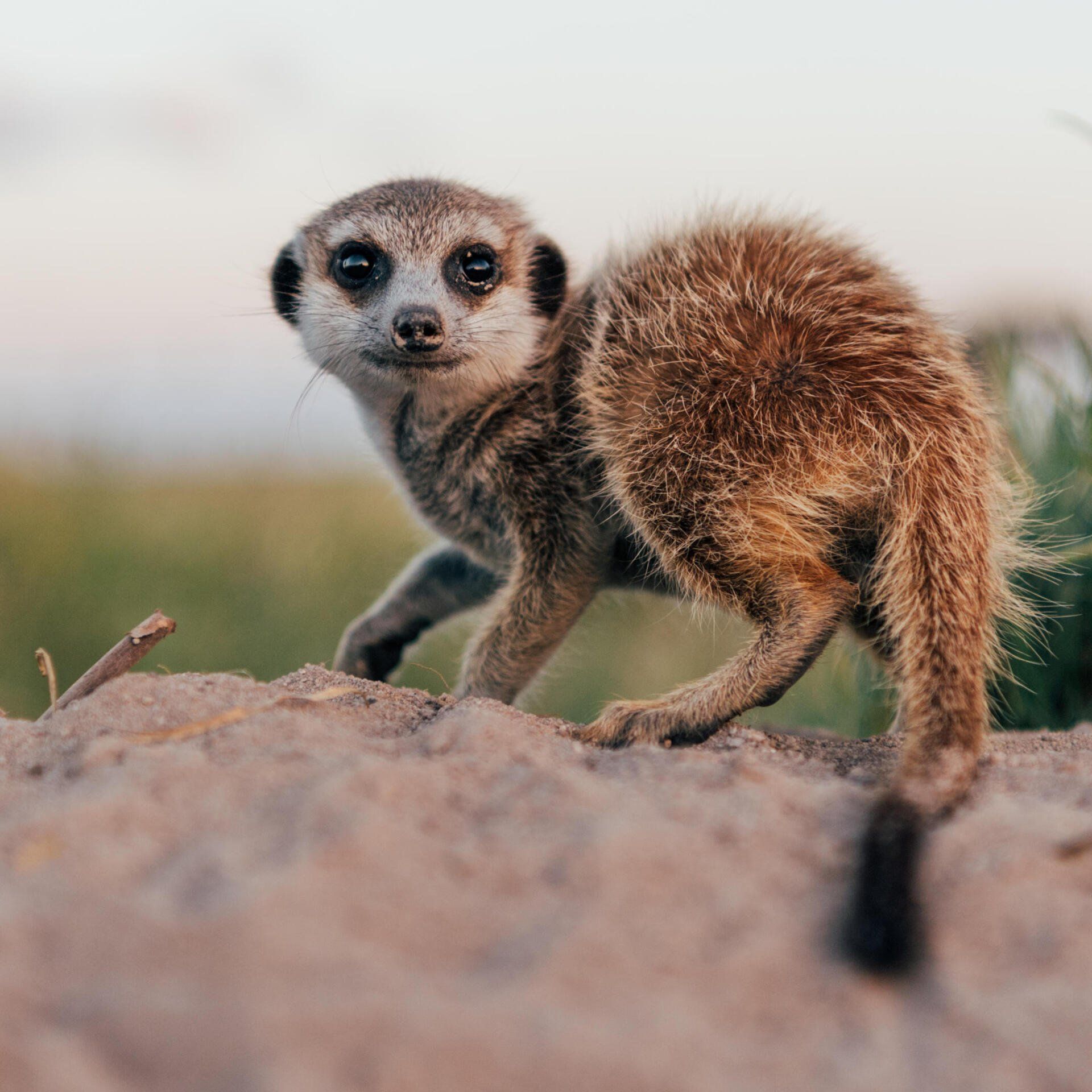A tall tale from Africa...
Meet the eternally elegant and elongated giraffe!
There's no denying that the giraffe is a striking creature. Long of leg and neck, this legendary African mammal is among the most easily recognised animals in the world, thanks to its super-model looks, complete with enviably long eyelashes and striking coat pattern.
Sadly, and somewhat surprisingly given how many people love these gentle giants of the open savanna, giraffe numbers across Africa are plummeting with an estimated drop of 40% over the last three decades leaving just short of 97,000 giraffe left in the wild.
There are nine known sub-species of giraffe and of these, two - the Kordofan and Nubian giraffes - are listed as critically endangered on the International Union for the Conservation of Nature (IUCN) Red List. This puts them just one stage away from being declared extinct in the wild.
The IUCN also lists the reticulated, Masai, Thornicrofts and West African sub species as either endangered or vulnerable.
What is causing this huge threat to giraffes? Some of the leading reasons are habitat loss, civil unrest, human-wildlife conflict and poaching for bush, which is very sad when you consider what the humble giraffe means to Africa and its status as the world's tallest terrestrial animal and largest ruminant.
The giraffe doesn't have many living relatives. It's closest is the odd-looking okapi. The tallest giraffe bull so far recorded topped 5,9m, with the tallest cow coming in at just over 5m. With its long legs and short, sloping body, it's the massive neck that literally sets the giraffe apart. In spite of its excessive length its neck still has only seven cervical vertebrae - the same number as other mammals. However, each vertebra is almost 30cm long! It's thought that evolution favored a long neck to enable the giraffe to feed on the tops of trees where other browsers can't reach.
Giraffes are not particularly gifted in the movement department. They have only two gaits - walking and galloping - and when they walk they swing their front and hind legs on each side together the same way that camels do. While they can run fast, they are far from nimble and are easily tripped, which is why they are favored food for lions because once they fall, they find it impossible to get up again.
Giraffes are highly social with groups of related females and offspring staying together and bulls sometimes banding together to form bachelor groups. When they are standing still feeding, a groups is called a "tower". When they're on the move, they're called a "journey".
When telling male and female apart, the easiest thing to do is to look at their horny protuberances or ossicones. These are made of ossified cartilage and when they are born they lay flat against the baby's head to make it easier for it to pass through the birth canal. Over its first few weeks of life the ossicones gradually move to a more upright position and eventually fuses to the skull. In bulls the ossicones become thick and develop bald patches at their tips. The cow's ossicones are thinner and more fluffy at the tip.
As they grow older, giraffe bulls develop more ossifications on their heads, adding weight to their skulls which gives them a distinct advantage when they fight for dominance, which they do by swinging their necks and heads at one another. It's called "necking" and the blows are sometimes strong enough to knock a fully grown adult bull off its feet.
Renowned for being "voiceless" and making no sound, recent research has actually shown this to be untrue. Giraffes do have vocal cords but find it impossible to drive enough air over them to make them vibrate and produce distinct sounds. But they can hum, which they do mostly at night and at very low frequencies (around 92HZ). It's thought this is how they stay in touch with one another during the night without drawing attention from predators.
Some of the best places to see giraffe in Southern Africa are South Africa's beautiful Greater Kruger, Botswana's Chobe National Park and Zambia's South Luangwa National Park - home of the rare Thornicroft's giraffe. Talk to us about getting you there!



